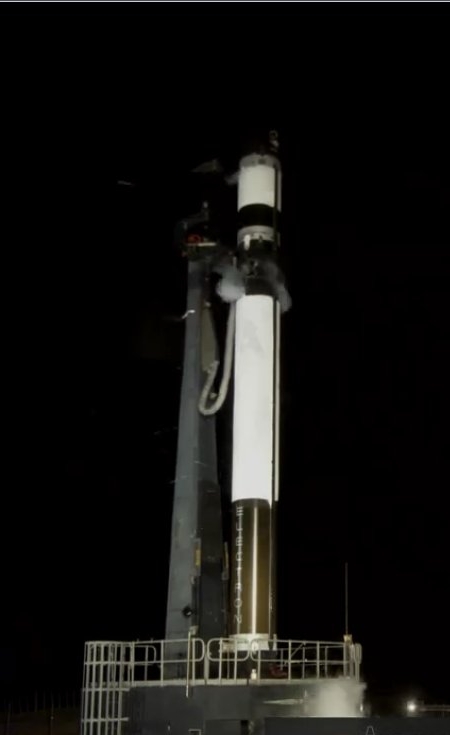Tianwen-1 successfully launched, on its way to Mars
UPDATE: According to news reports, China tonight successfully launched Tianwen-1 towards Mars, with arrival expected in February 2021.
Below the fold is a live stream of the launch of the Long March 5 rocket. It is not in English, and since it was not linked to China’s mission control, it only covers the first two minutes or so, after which the rocket went out of sight.
The leaders in the 2020 launch race:
17 China
11 SpaceX
7 Russia
3 ULA
3 Japan
The U.S. still leads China 18 to 17 in the national rankings.
» Read more
UPDATE: According to news reports, China tonight successfully launched Tianwen-1 towards Mars, with arrival expected in February 2021.
Below the fold is a live stream of the launch of the Long March 5 rocket. It is not in English, and since it was not linked to China’s mission control, it only covers the first two minutes or so, after which the rocket went out of sight.
The leaders in the 2020 launch race:
17 China
11 SpaceX
7 Russia
3 ULA
3 Japan
The U.S. still leads China 18 to 17 in the national rankings.
» Read more


